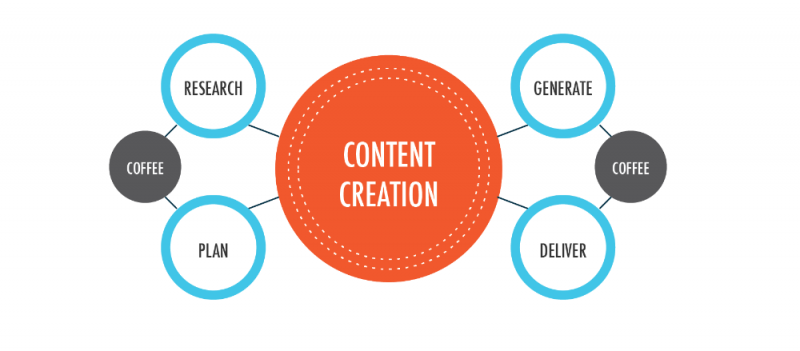For content creation, we’re often bombarded with how we need to post multiple times per day to every channel and grind away until success.
However the reality I see when I talk to coaches is they start with the above lofty goals, maintain it for a little while and then give up altogether when immediate results don’t appear.
I’d therefore suggest setting yourself a realistic posting schedule and commit to it for at least 6 months to a year.
If your realistic schedule *is* multiple times every day then great, but I’d prefer you to be honest upfront and say it’s actually twice a week rather than start all guns blazing and burn out. Once a week, once a month, whatever you can sustain for the long term is the key.
First things first, make sure your website is clear on Who You Are, Who You Serve, What You Do and How You Do It. Ensure the message is concise and to the point without clutter.
A clear call to action and an easy newsletter subscribe box is key (we can cover email lists another time if needed).
Next, realise that although creating content can be difficult the trick is to always provide valuable content and re-purpose any content you do create for multiple channels.
(Note: Don’t be afraid to provide free value on your blog and social media. Share the good stuff and be open about demonstrating your experience and knowledge.)
For example, you write an article and post it on your website. Now use this content as the foundation for other channels.
You use it to post on Facebook and Twitter and depending on its length it could be a single post or split up and used as multiple posts spread out over your schedule.
You could then record a video discussing or reviewing the content and post it to YouTube, Instagram, Facebook, Stories, etc.
Export the audio from the video to an MP3 and publish on your website as a download, post as a Podcast to iTunes, SoundCloud, etc.
Summarise the content in an infographic and post to Instagram, Pinterest, etc.
Hopefully, you get the idea! Yes, being “native” to the channel makes sense (photos for Instagram, articles for website, soundbites for Twitter, etc.) but the point is any content you do create can be used in multiple places.
If you find you have more time on your hands, create extra content and use platform scheduling features to get ahead or build a library of content you can call upon when you’re busy.
Now I’ve listed a lot of social media channels above, but don’t think you need to post on them all. Again we’re told to go where our potential customers and clients “hang out”, but in reality they hang out on all the above channels!
So even though it’s good to identify your niche and find where they exist online, I also like to take a different tack and suggest focusing on the channels you enjoy or like using the most.
Whether it’s Facebook or Twitter or Instagram or Pinterest, if you click with the platform and enjoy the medium you’re more likely to stick with it.
Finally, much like the advice you give your clients that nutrition and exercise success comes from consistency, the same can be said for content creation and social media.
Some of my most successful sites have been the ones where I posted every day for a year without an increase in views, customers, etc. but all the time the trust, authority and reputation was building up until there was a tipping point in traffic and engagement.


